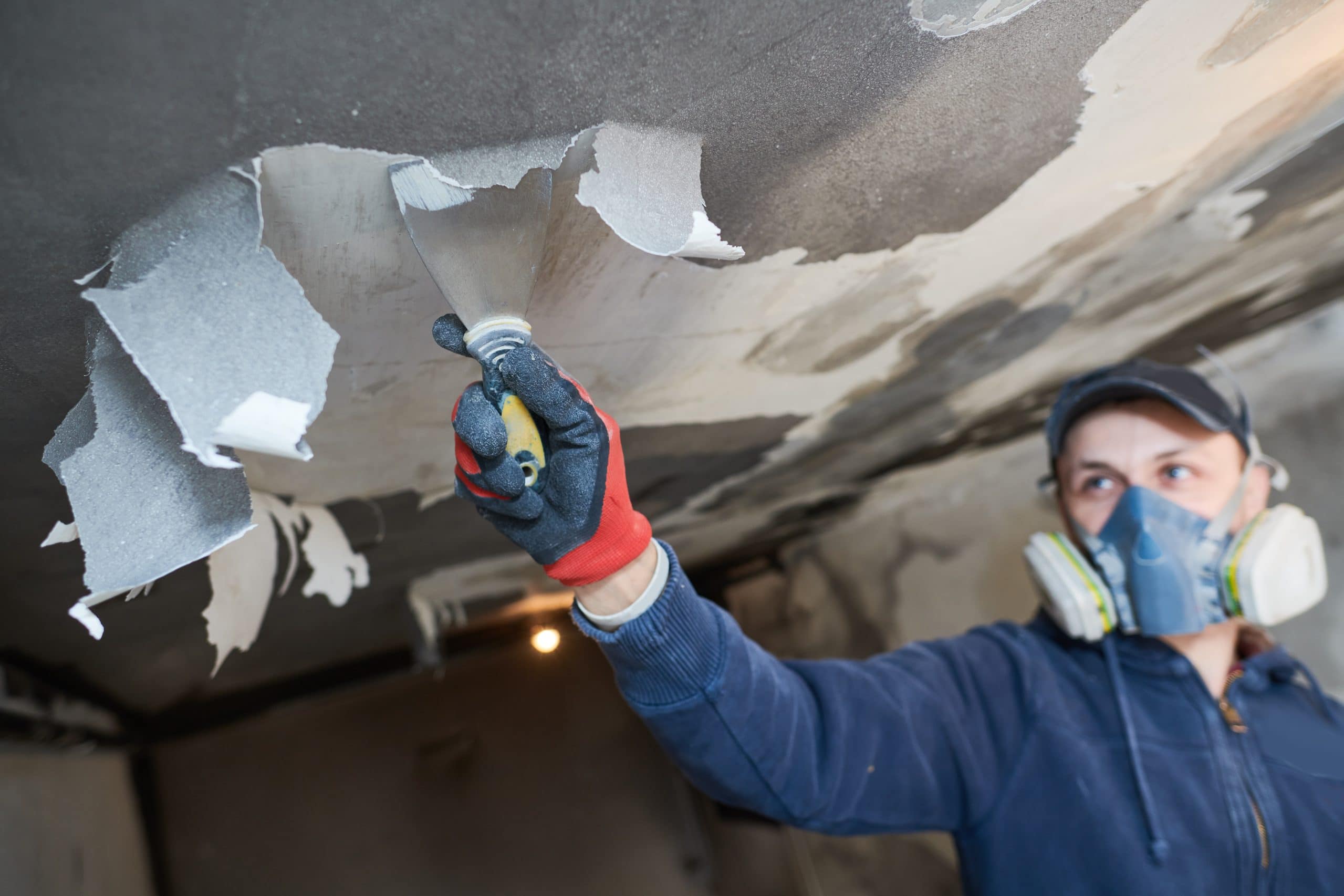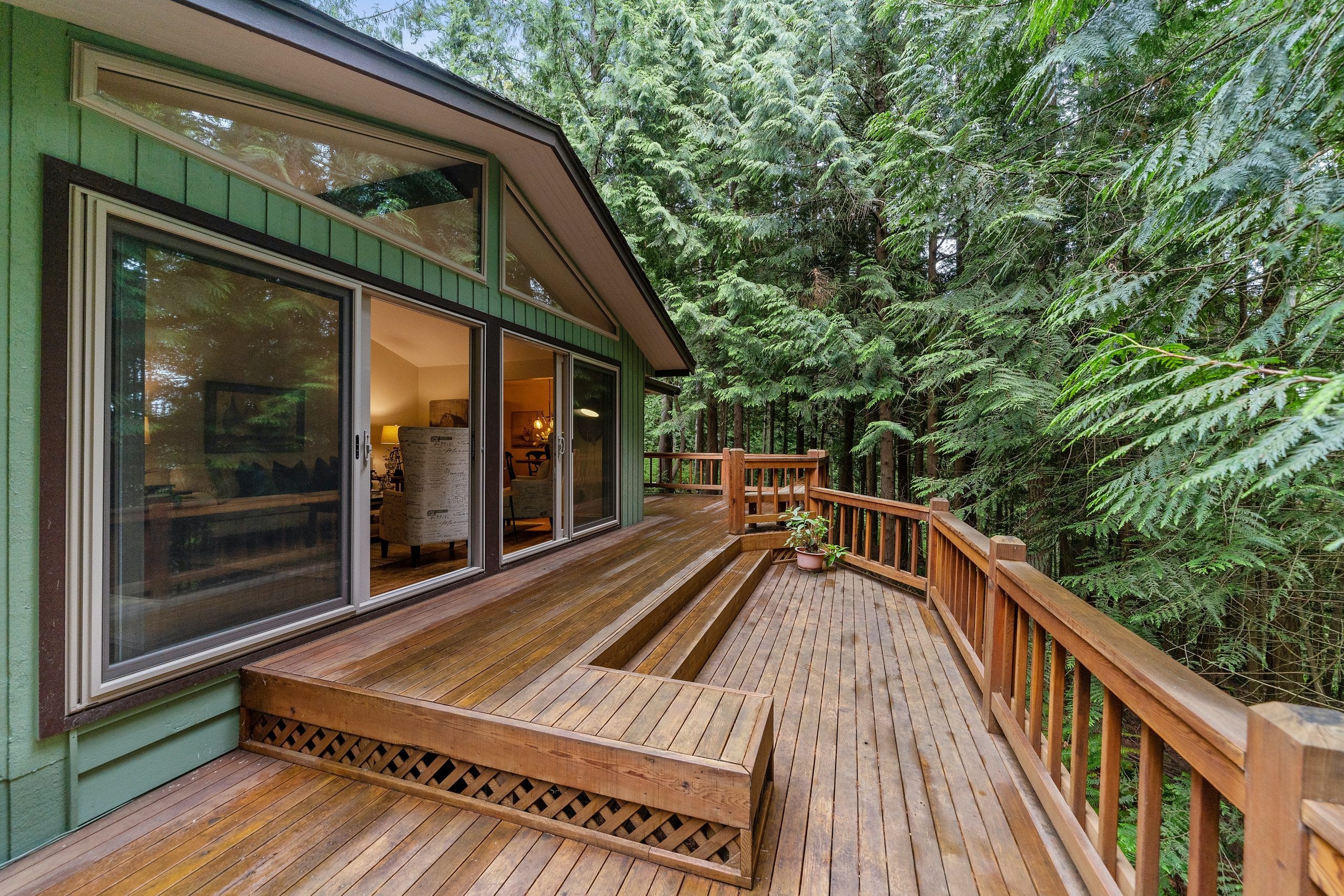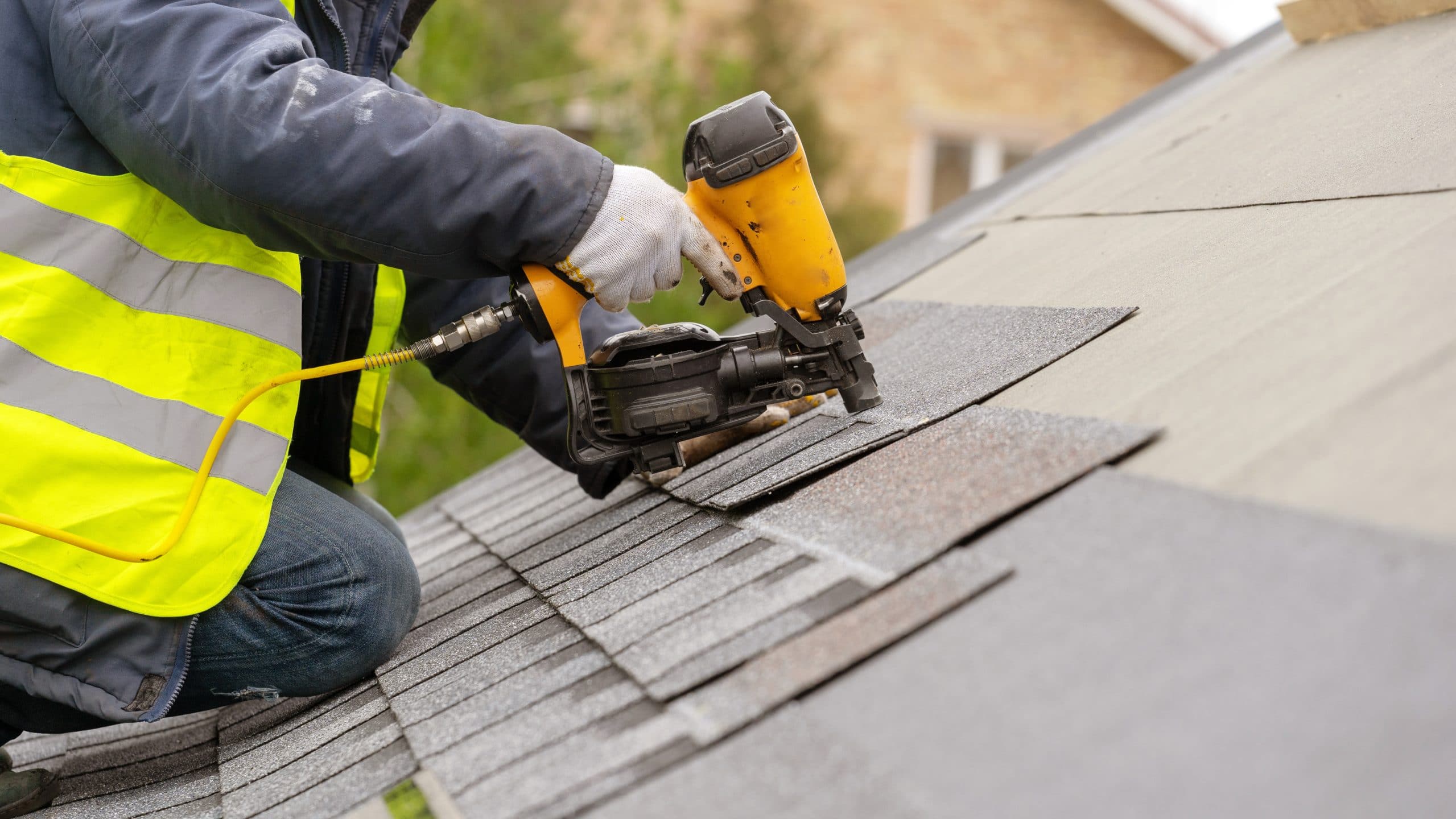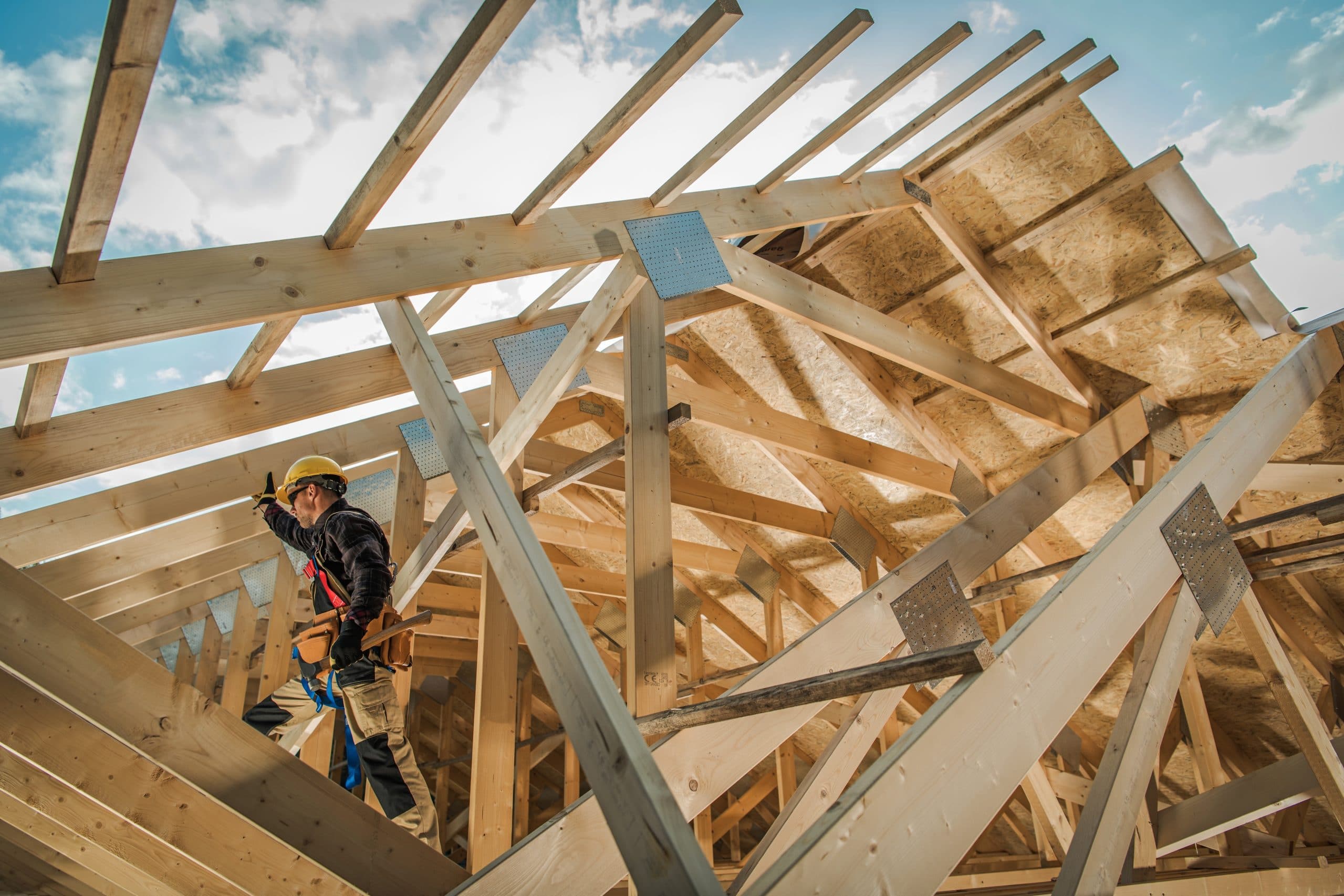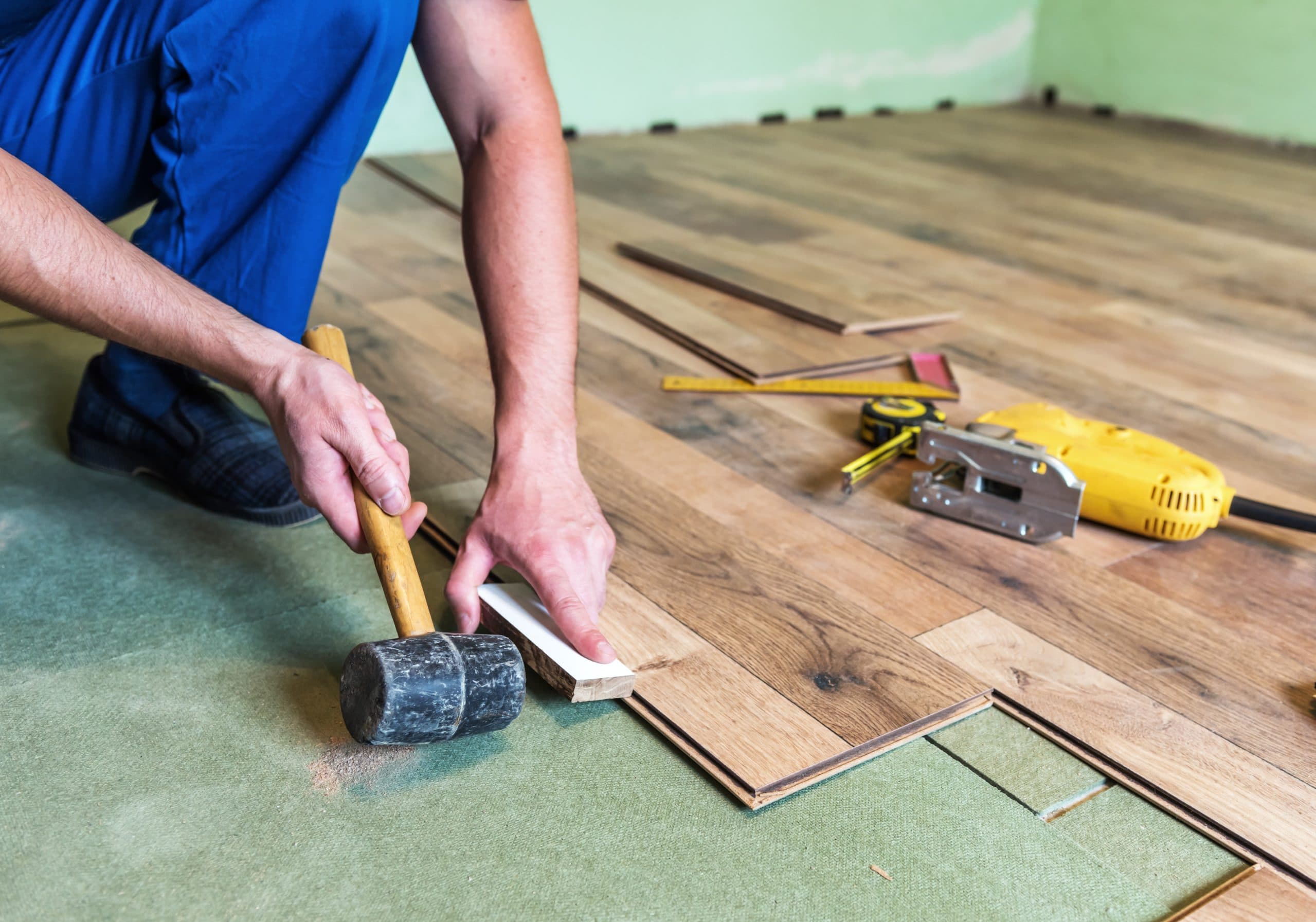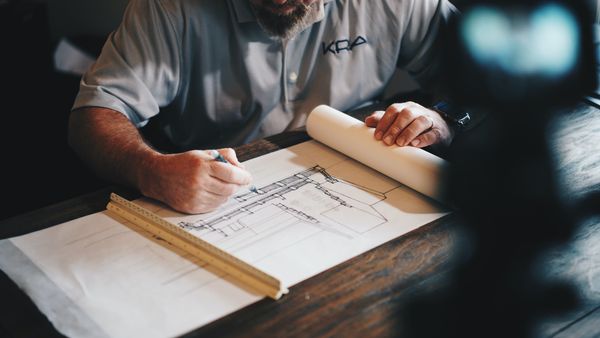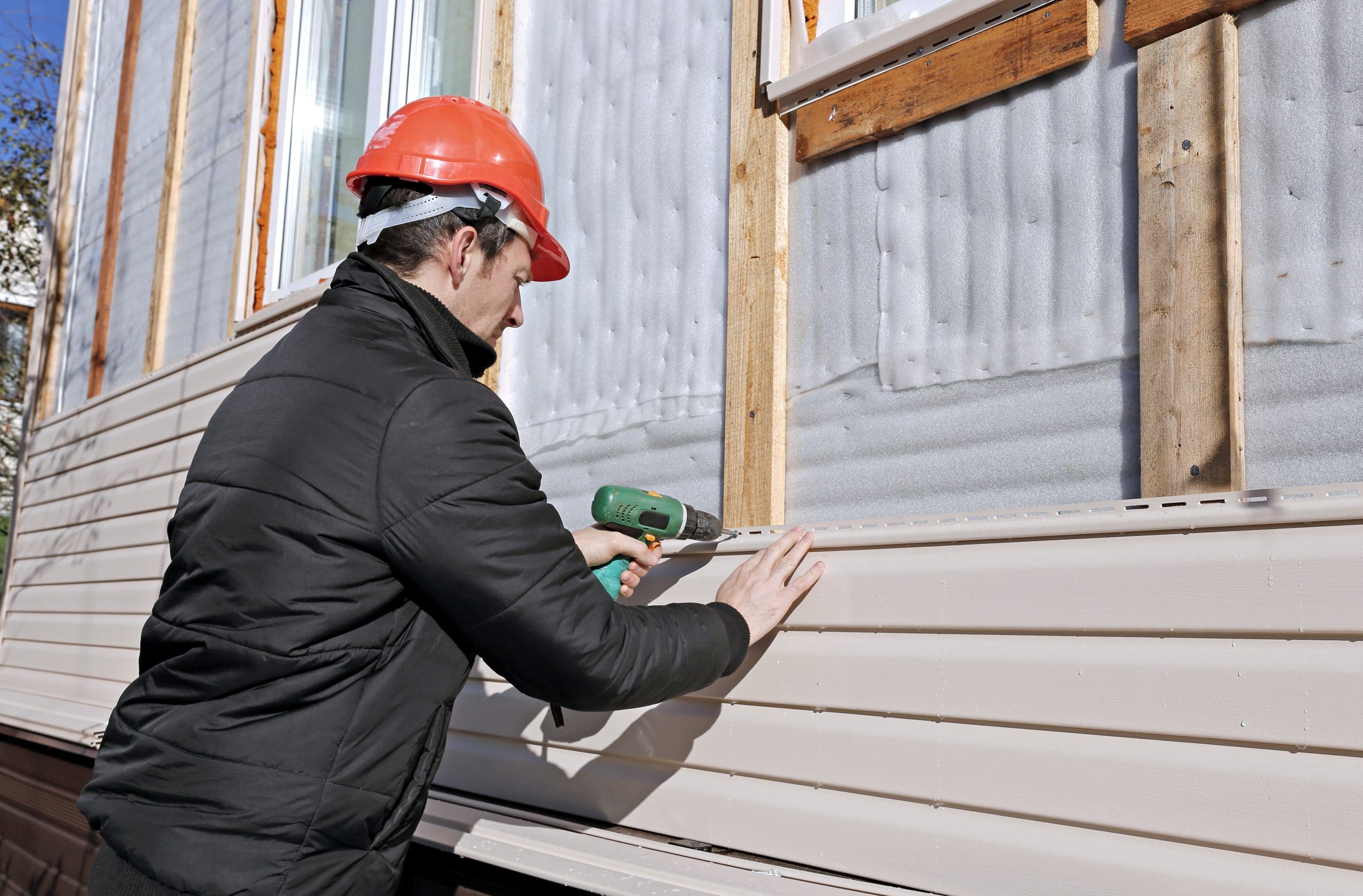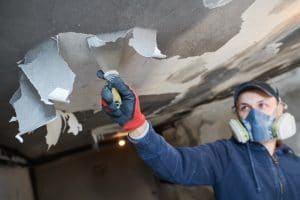
If your house has been damaged by a fire or flood, you may be wondering how to rebuild or where to even start. After such a tragic event, it’s important to take things one step at a time and understand that the process may take some time. Here are a few things to know to rebuild your home after a fire or flood:
Can you salvage a burnt house?
You may still preserve your home, no matter how extensively it has been destroyed in a fire. However, repairing property harmed by flames is difficult and time-consuming; nevertheless, it is possible. The first step is always to contact your insurance company and start the claims process. Your insurer will likely have a team of adjusters and contractors who will help you assess the damage and begin making repairs. If you decide to rebuild, you’ll need to work with an architect or designer to create a new blueprint for your home. Once you have the appropriate permits, you can start construction. Keep in mind that it may take months or even years to fully rebuild your home.
How much does it cost to repair water damage?
The cost of repairing water damage can vary greatly depending on the extent of the damage and the size of the area affected. Generally, the cost to repair water damage will be based on the square footage of the affected area, as well as the type of materials that need to be repaired or replaced. For example, if only a small section of drywall needs to be replaced, this will cost less compared to replacing all of the drywall in a larger room. The cost of repairing water damage can also vary depending on what caused the damage in the first place. For example, if a pipe burst and flooded your home, it may cost more to repair than if you had suffered water damage from a slow leak. In some cases, insurance may cover the cost of repairing water damage, although this will depend on your individual policy. In short, the cost of repairing water damage can vary greatly depending on the factors mentioned above. If you are concerned about the cost of repairs, it is best to consult with a professional to get a more accurate estimate. They will be able to assess the situation and recommend the best course of action for repairing water damage in your home.
What can be saved after a flood?
When dealing with flood damage, it’s important to act quickly and take preventative steps to minimize further damage. Some of the items that can be saved after a flood include dampened materials like clothing and electronics, provided they are handled carefully and stored in a locked container. Photographs, books, paper documents and textiles may also be saved if they are dried within 48 hours. If these items are too fragile or damaged to be restored on your own, it’s best to seek the help of a professional conservator who can guide you through the restoration process.
In addition to taking care of your personal property, it is also important to document all losses related to the flood. This includes keeping records of any expenses incurred for repairs or replacements, as well as any lost or damaged items. Documentation will be important if you need to file an insurance claim or seek financial assistance from other sources.
Is fire damage dangerous?
Fire poses significant threats to homeowners, family members and everything inside the residence. However, there are other dangers that can be contained in a burning house which ravages your house or destroys furnishings. By venting toxic gas and igniting chemicals such as asbestos and other preservatives, fire can produce toxicity. Weeks, months, or even years after a fire, repair work may help prevent family and property injuries. In an emergency situation, detecting health problems immediately after the flame is extinguished is possible. You should avoid going back into your house while restoration workers are still working on it.
When a house is on fire, the first thing that people think about is the damage to their property. They do not often think about the potential health hazards that come along with it. However, there are many health hazards associated with fire damage. The most common and dangerous health hazard after a fire is smoke inhalation. Smoke inhalation can cause serious respiratory problems, including bronchitis, emphysema, and even lung cancer. The chemicals in smoke can also irritate the eyes, nose, and throat. If you must go into a smoke-filled room, be sure to wear a respirator or a face mask to avoid inhaling the harmful fumes.
What type of insurance would you use if your house caught on fire?
Fire insurance is a type of property insurance that covers the cost of damage caused by fire. The majority of policies include a fire safety component, but homeowners can purchase additional coverage if their house has been damaged as a result of a fire.
There are two types of fire insurance:
- Homeowners insurance is a type of policy that covers the cost of damage to your home and personal belongings as a result of a fire. It also provides liability coverage in case someone is injured on your property or if you accidentally start a fire that damages another person’s property.
- Renters insurance policies: These types of policies cover the cost of damage to your personal belongings as a result of a fire. They do not cover the cost of damage to the actual structure of the rental property. However, they do provide liability coverage in case someone is injured on the property or if you accidentally start a fire that damages another person’s property.
Both of these types of fire insurance are important for protecting you and your family in the event of a house fire. If you don’t have either type of coverage, it could be very costly to repair or replace everything that has been damaged in a fire. So whether you own a home or rent an apartment, it is wise to invest in adequate fire insurance coverage to help protect your property and finances.
What are the two types of flood insurance premiums?
Flood insurance policies are available in two types: house insurance policies and contents coverage. House insurance policies are designed to protect the structure of your home, while contents coverage provides protection for your personal belongings.
Both types of flood insurance premiums are based on a number of factors, including the location and value of your property, as well as the level of risk associated with flooding in that area. In general, policies with higher levels of coverage will have higher premiums, but there may be discounts available for certain groups or individuals. Additionally, some insurers offer flexible payment options that allow you to pay your premiums monthly or annually.
Regardless of which type of flood insurance policy you choose, it is essential to make sure that you have adequate coverage to protect yourself and your family in the event of a flood. Without adequate coverage, you could be on the hook for costly repairs and replacements if your property is damaged or destroyed. So if you live in an area that is prone to flooding, be sure to get the right policy in place to help protect your home and belongings.
We at JC Smith LLC are no strangers to helping people recover from fire and flood damage. For over 10 years, we have been one of the top choices for disaster restoration in the Martinsburg area. We are a full-service construction and home remodeling company that can handle everything from minor smoke damage to major reconstruction. We have a team of highly trained and certified technicians who are available to help you get your life back to normal as quickly as possible. Get in touch with us HERE


